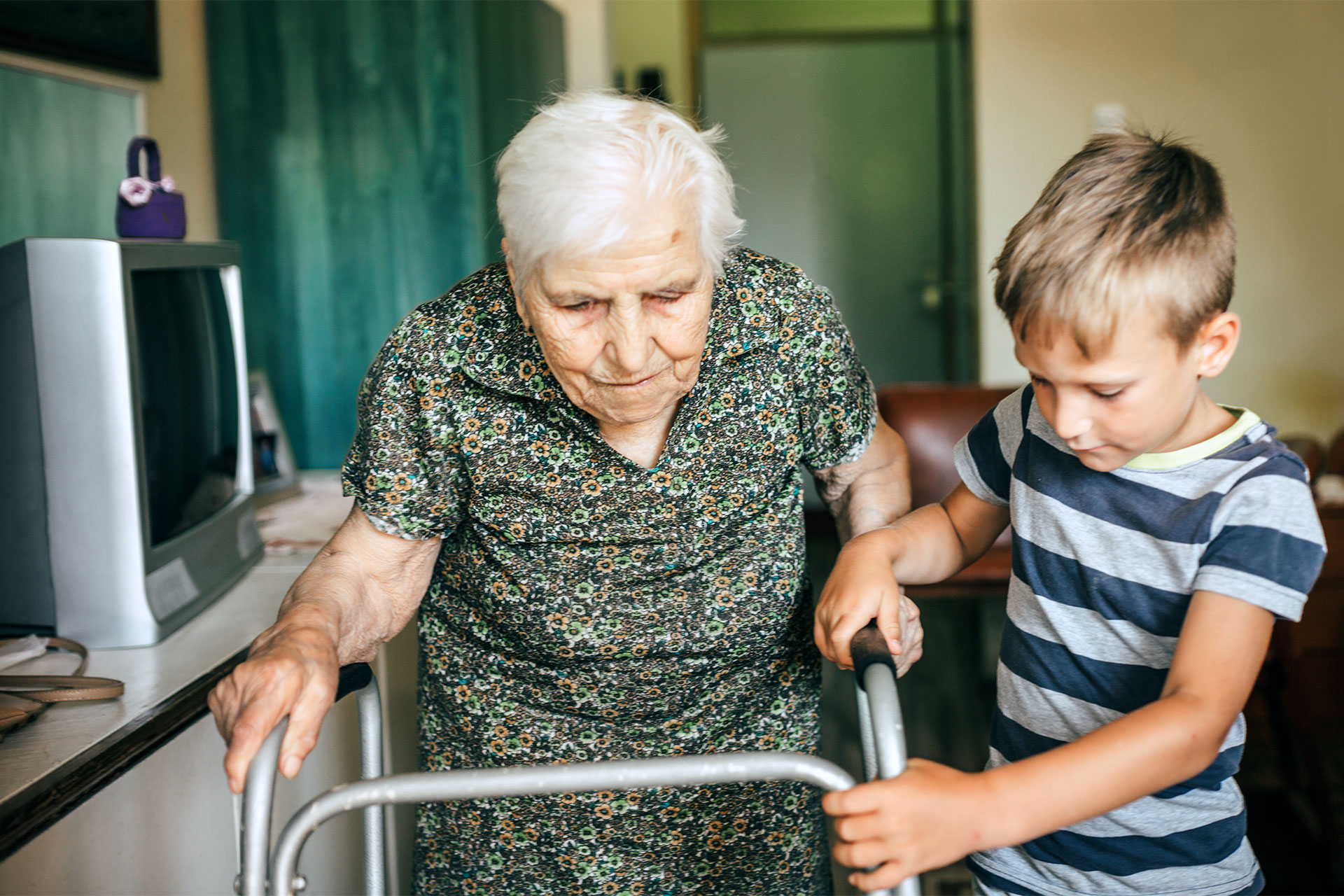Fall Prevention
Falls happen at home for many reasons. Several things add to your risk of falling, including:
- Poor vision or hearing
- History of falls
- Use of aids, such as a cane
- Poor nutrition
- Certain medications
- Being over 65 years old
- Conditions of the home, such as slippery floors, loose rugs, or cords on the floor.
Here are some things that you can do that will help lower your risk of falls at home.
Lighting
- Replace dim, burned out or glaring lights with bright, soft white light bulbs.
- Use a night light.
- Make sure lights are easy to turn on and off.
- Keep a flashlight available.
Bathroom
- Consider using a raised toilet seat and safety frame for ease in getting up and down from the toilet.
- Consider a grab bar by toilet for stability while pulling pants up or down.
- Set water temperature at 120 degrees or less to prevent burns.
- Consider a hand-held shower head, shower chair and handrails in the tub.
- Place non-skid adhesives strips in the tub.
- Use liquid soap or soap on a rope to prevent dropping soap.
Hallways and Stairs
- Remove clutter, especially from hallways and stairwells.
- Use handrails while walking on stairs.
- Place non-skid treads or bright reflective tape to mark the edge of the stairs.
Floors
- Remove scatter/throw rugs.
- Place non-skid treads or double-sided tape under area rugs.
- Keep floors free from clutter.
- Wipe up spills immediately.
- Make sure floors are not slippery.
Other
- Add railings by all steps.
- Relocate laundry to main level of home.
- Store items used often at waist level.
- Select furniture with armrests for support in getting up and down.
- Keep phone within easy reach.
- Consult your doctor or the outpatient dietitian to treat dizziness and weakness from poor nutrition or medication change.
